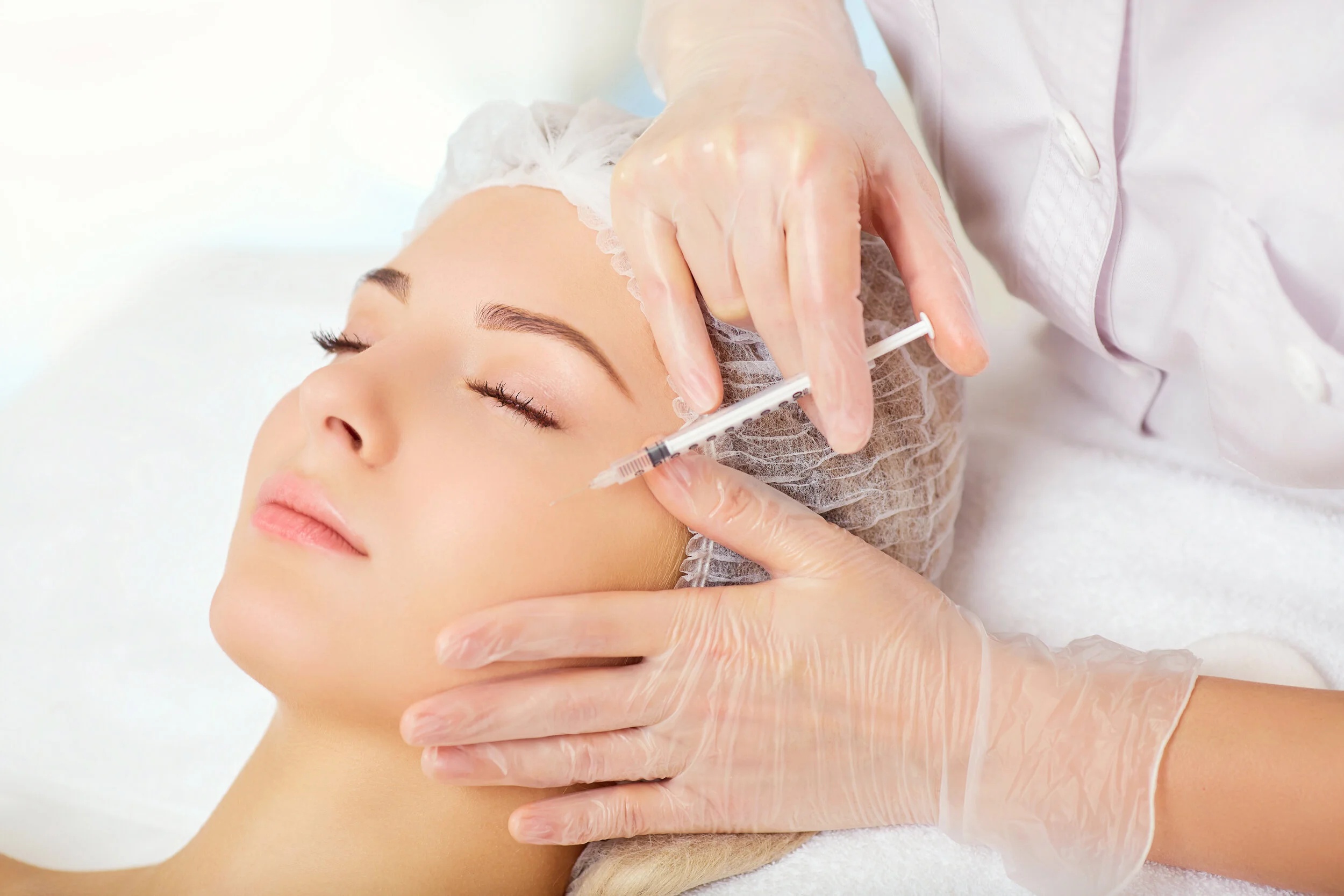Summer is right around the corner. And despite your best efforts at diet and exercise, stubborn or excessive areas of fat may remain resistant to your routine.
Contemplating liposuction or an alternative fat reduction procedure is very common and understanding your options can be confusing. The goal, of course, is to destroy fat cells. I’ve outlined the most popular treatments available and the benefits and risks of each procedure.
Who is a good candidate for a fat reducing procedure?
These procedures are great for individuals who have great skin tone and texture, but who are looking to get rid of stubborn fat in the abdomen, thighs, flanks (“love handles”), back, arms, and double chin.
The ideal patient:
Is close to her/his ideal body weight and is confident she/he can maintain that weight after the procedure.
Has an active lifestyle and good general health. Although fat removal usually is permanent, any cells left behind can continue to grow with weight gain.
Has good skin elasticity.
Has realistic expectations on what can be accomplished with the procedure.
LIPOSUCTION
What is Liposuction?
Liposuction is a powerful cosmetic procedure to address stubborn areas of fat that are not conducive to weight loss and exercise. This minimally invasive technique has been popular for decades because it can predictably remove fat and consistently deliver dramatic results.
What areas of the body can be treated with liposuction?
Common areas of treatment include the abdomen, thighs, hips/flanks, chin, arms, and back. Other areas may be considered based on your body’s shape.
How does it work?
This surgical procedure involves making tiny incisions (holes) in your skin to initially place a specific type of fluid and then a cannula or metal tube to suck out the liquid and fatty deposits.
There is minimal scarring and small stitches at the incision sites are usually removed in a week
How long does the procedure take?
Treatment time varies from 1 hour to several hours and can be done in an outpatient surgical facility. Compression garments are recommended postoperatively.
What is the recovery time and downtime?
Depending on the amount of liposuction desired, your surgeon will determine if the procedure can be performed in an outpatient facility or in the hospital to monitor you overnight.
You will likely be placed in a compression garment to limit and improve initial swelling. Most patients complain of dull pain and soreness.
Downtime is minimal and results can be seen about 1 month after surgery with final results about 6 months postoperatively.
What are the risks?
Every surgery has risks. In this procedure, bruising and swelling are normal. Pain may be present but tolerable. Other complications include dimpling or irregularities in skin contour, infection, asymmetries, etc.
Who is properly trained to perform this procedure?
You should choose a board-certified plastic surgeon to perform this procedure as she is well trained and understands the subtle nuances to obtain the best result.
COOLSCULPTING
What is Coolsculpting?
CoolSculpting is a noninvasive, office-based treatment that destroys fat cells by cryolipolysis, or by freezing the fat.
Once the cells have been frozen, the body naturally eliminates them over the course of a few months.
What areas can be treated with Coolsculpting?
Treatment areas include a double chin, back, flanks, bra rolls, distal knees, abdomen, inner and outer thighs, distal thighs, underneath the buttocks and upper arms.
How does it work?
During your consultation, you will be fitted with an applicator to determine if you have enough fat for proper treatment.
During the treatment, the applicator will be placed on the treatment area and there will be a light vacuum sensation.
You will feel a cooling effect within the first 10 minutes and may experience tingling for the remainder of the time.
Treatment times vary from 35 – 60 minutes. These applicators cause less bruising, swelling, cramping, firmness, and stinging.
After the applicator is detached, your provider will do a brief massage on the area to break up the treated fat cells and enhance the fat reduction.
Describe the recovery and downtime?
There is no downtime, but some patients may experience redness, bruising, lightweight feel tingling, numbness but this is temporary and eventually disappears completely.
Results are visible after one treatment. However, depending on the desired outcome, multiple treatments may be encouraged.
When will I see results?
According to clinical tests, the CoolSculpting procedure achieved a satisfaction rate of 95% among patients.
Although transformation can occur in some patients during the first three weeks following their session, the most dramatic results usually appear one to three months after treatment.
Most patients do not require more than one treatment session for a final result.
KYBELLA
What is Kybella?
Kybella is an injectable medication that hat breaks down the fat by stimulating
a chemical reaction.
What are the on-label treatment areas?
Kybella is currently only FDA-approved to be used to address small areas of fat under the chin, but some practitioners are using it off-label to treat the upper breasts, abdomen, and thighs for example.
How does it work?
Your practitioner will determine if you are a good candidate for this procedure based on your anatomy. The medication is often injected superficially over the surface of the treatment area. Kybella may require a few treatment sessions for full effect.
What are the recovery and downtime?
You may experience some redness, swelling, and bruising around the injection sites, but these side effects are typically mild and improve quickly.
Most patients can resume their activities the day after the treatment.
Results are best seen about 12 weeks after treatment.
Additionally, there are radiofrequency and ultrasound energy technologies in the noninvasive fat reduction space.
There are obvious benefits to all of these options, but the only way to truly know which will be best for you is to meet with a board-certified plastic surgeon who has the knowledge and surgical experience to guide you on the best result.







